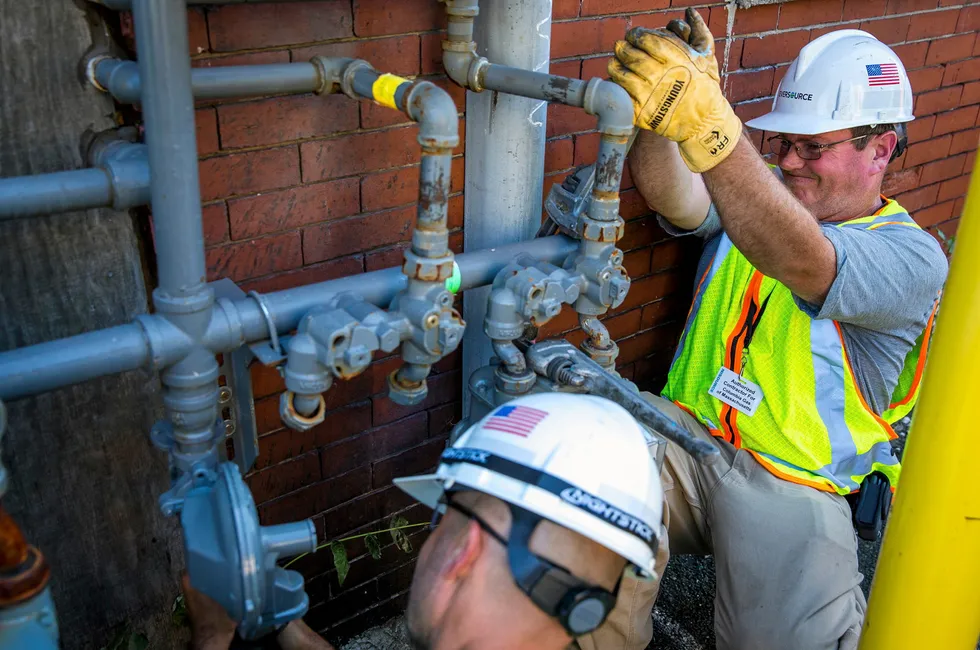Hydrogen in homes is 'a dangerous pipe dream' — the leaky US gas grid will not be able to safely handle H2: report
Utilities are using clean H2 as an excuse to delay the phase out of natural gas, says non-profit Food & Water Watch

Utilities are using clean H2 as an excuse to delay the phase out of natural gas, says non-profit Food & Water Watch
